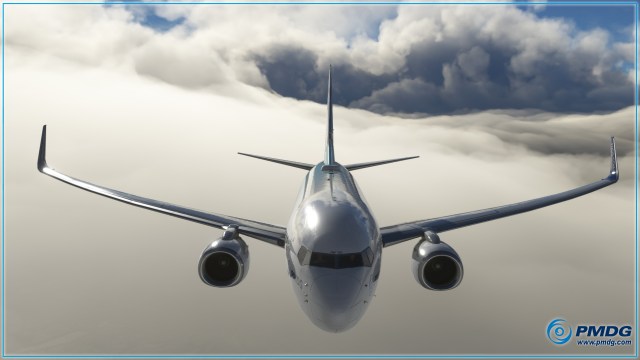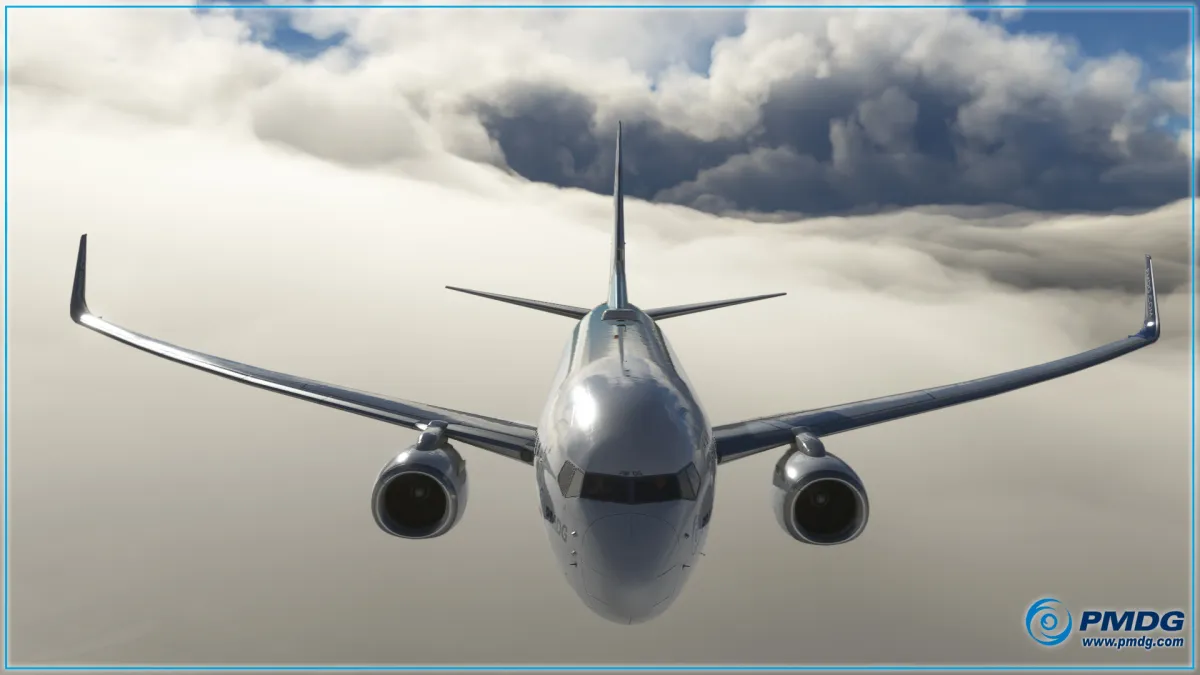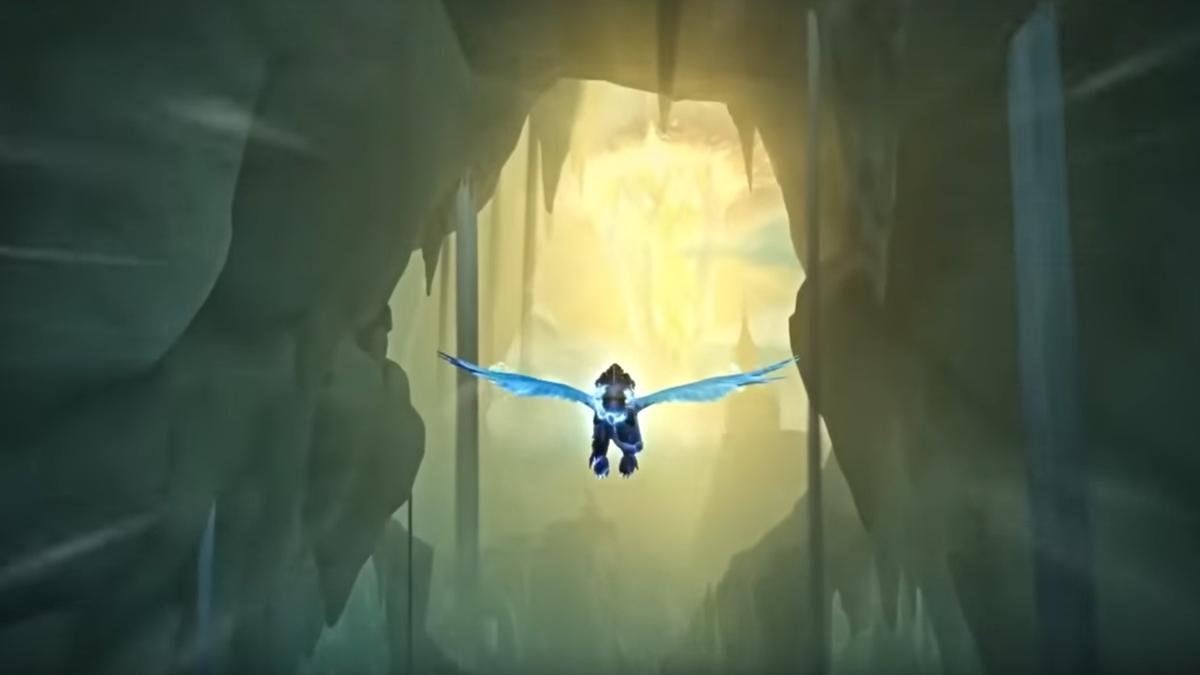Acclaimed developer PMDG released a development update about its upcoming Boeing 737 add-on for Microsoft Flight Simulator, which is one of the most anticipated by the userbase at the moment.
CEO Robert Randazzo provided information on what the team has been doing over the past week, and share that an internal beta date and release window have been set.
Of course, the fact that it’s internal means that they know, but they’re not telling us just yet.
Below you can check out the full update:
As we wrap up this week of development on the PMDG 737 for Microsoft Flight Simulator, I wanted to share a progress update to give you an idea where we are and how things are going.
This week’s primary focus fell into a couple of areas:
- Continued refinement of the Heads Up Guidance System
- Continued work on the flight model
- Further refinement of autoflight control laws
- Refinement of the AFDS Control Wheel Steering mode (aka: How to fly your 737 like an airbus)
- Problem solving on some issues related to external model textures and the aircraft structure/window interface
- Continued work on fine scale details within the cockpit.
- Chasing down compiler-related code issues.
- The endless game of debugging complex systems.
The airplane is now being flown on complete flight stages as we continue to look for issues hiding in the background. The systems logic is well in place and the issues being identified are getting resolved one at a time. From a simulation standpoint the software is incredibly stable and well mannered so we are in the process chasing down things that I would call “platform interface” issues. For example, making certain that various keyboard shortcuts and MSFS native commands are connected properly to the software so that the airplane’s systems respond appropriately to the MSFS control set. It sounds rather obvious to say that we have to go through all of these- but it is actually quite tedious and requires a bunch of minor changes to the code in order to get things behaving properly.
One big change over the past few weeks is that the simulation is fully flyable and usable in a predictably stable manner. This has allowed us to shift from implementation to refinement as we continue to improve the flying characteristics of the airplane and make adjustments to the autoflight system control laws in both normal and CWS modes. Since this is our first project working to bring our entirely customized capabilities into the MSFS platform and it has been interesting as we adapt the handling qualities. Each platform has it’s own set of strengths and weaknesses, so we are likewise adjusting the 737 software to account for the strengths of the MSFS platform, while also working around some of the weaknesses. We went through this process when initially bringing our products from FSX to P3D, but those two platforms were alike enough that it wasn’t terribly difficult in the beginning.
This is an order of magnitude more complex than that effort from 2015, but we are really pleased with the results!
Checking the performance of the airplane requires a tremendous amount of detail flying work to validate that the pitch/power/drag interactions are correct at all altitudes, configurations and weights. It is exacting work, but it is going mostly well.
All over the airplane we are heavily engaged in cleanup-mode now- and we have chosen a go-to-beta date. Our confidence in hitting that beta date is very high, and we are also feeling confident enough in the project to begin setting a projected release date range on the calendar. (No, I’m not going to tell you what it is because that would be a sure-fire way create the sort of bad karma that would cause a lengthy delay!)
I have begun work on some video segments, but I don’t want to say too much about those yet.
Overall, we are finally starting to feel good about the progress we are making with this project. The whole kit is finally beginning to look, act and feel like finished product.
The wait is nearly over!

Randazzo also clarified the reason why the flight deck looks relatively clean and “new” in the images that have been showcased so far, explaining that it’s simply a reproduction of the conditions of the aircraft the studio has used as reference. The 777 and 747 will feature different stages of usage due to referencing older airframes.
Since I’m being misquoted in about eight different ways here- I wanted to drop this into the core thread in hopes that a few folks will see it and perhaps not repeat incorrect information:
Boeing hasn’t told us that we can/cannot add wear to the cockpit. Honestly I doubt they care all that much. Boeing’s main concern is that we don’t do-or-allow anything that would reflect poorly upon Boeing, the safety of their product or the professionalism of their customers. Wear and tear in the artwork on the model never factored into that requirement.
I made a comment in reply to an unrelated discussion in which I pointed out that the MSFS Marketplace contract that was initially handed to us included language very specifically calling out that cockpits had to be in “like new” condition and could not contain wear and tear. We actually rejected the initial draft of the contract and that was one of the items called out in the rejection. Yet, somehow- if you notice- the DC-6 isn’t “as new” so clearly we didn’t allow that language into the product dev cycle.
So no we we have that comment is being used out-of-context in this thread to justify some misleading idea about why we have chosen to model a clean, newer 737 flight deck.
The reason the 737 flight deck is “clean” is because the airplane upon which the cockpit is based was relatively new when we infested it with all of our equipment to build this flight deck for MSFS. What you are seeing is what it looked like after a few months in service.
The 777 will be a bit more worn and the 747-400 looks like it was hauled out of the scrap heap and taped back together, badly.
Recently, we published our latest interview with head of Microsoft Flight Simulator Jorg Neumann and we heard more about Microsoft’s plans for the next few months, including World Update Australia. If you want to learn more about the game itself, you can read our review that will tell you everything you need to know about Asobo Studio’s game.




